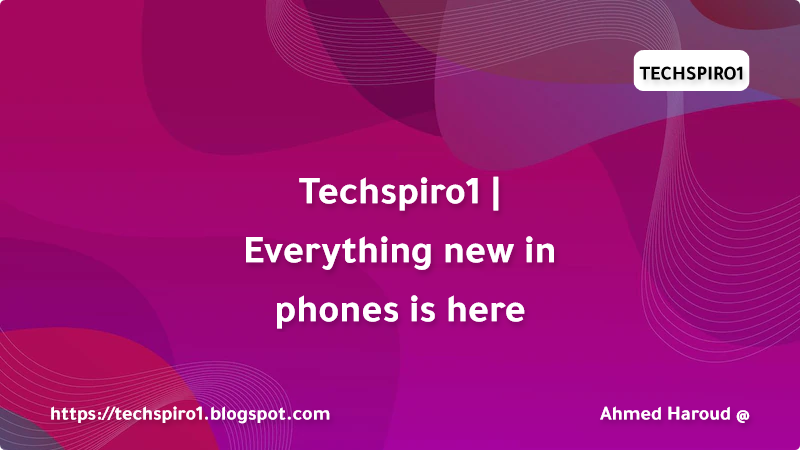
* = equal contribution
Creating realistic lip movement from audio to simulate speech production is critical to driving natural character animation. Previous research has shown that the traditional measures used to improve and evaluate models for generating lip movement from speech are not a good predictor of subjective opinion of animation quality. Developing subjective metrics requires first understanding what influences a person’s perception of quality. In this work, we focus on the degree of articulation and conduct a series of experiments to study how the strength of articulation affects human perception of lip movement accompanying speech. Specifically, we study how increased movement of the non-articulated (blunted) and articulated (exaggerated) lips affects human perception of quality. We examine the effect of the power of expression on human perception when considering only lip movement, where viewers are presented with speaking faces represented by landmarks, and in the context of anthropomorphic characters, where viewers are presented with realistic videos. Our results show that viewers consistently prefer hyperarticulated lip movement over non-articulated lip movement and that this preference generalizes across different speakers and embodiments.
